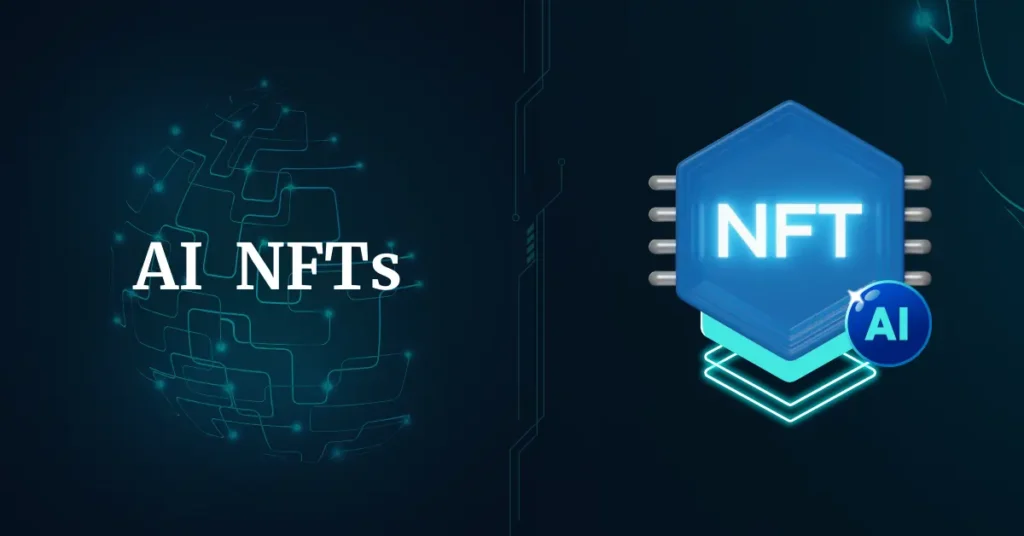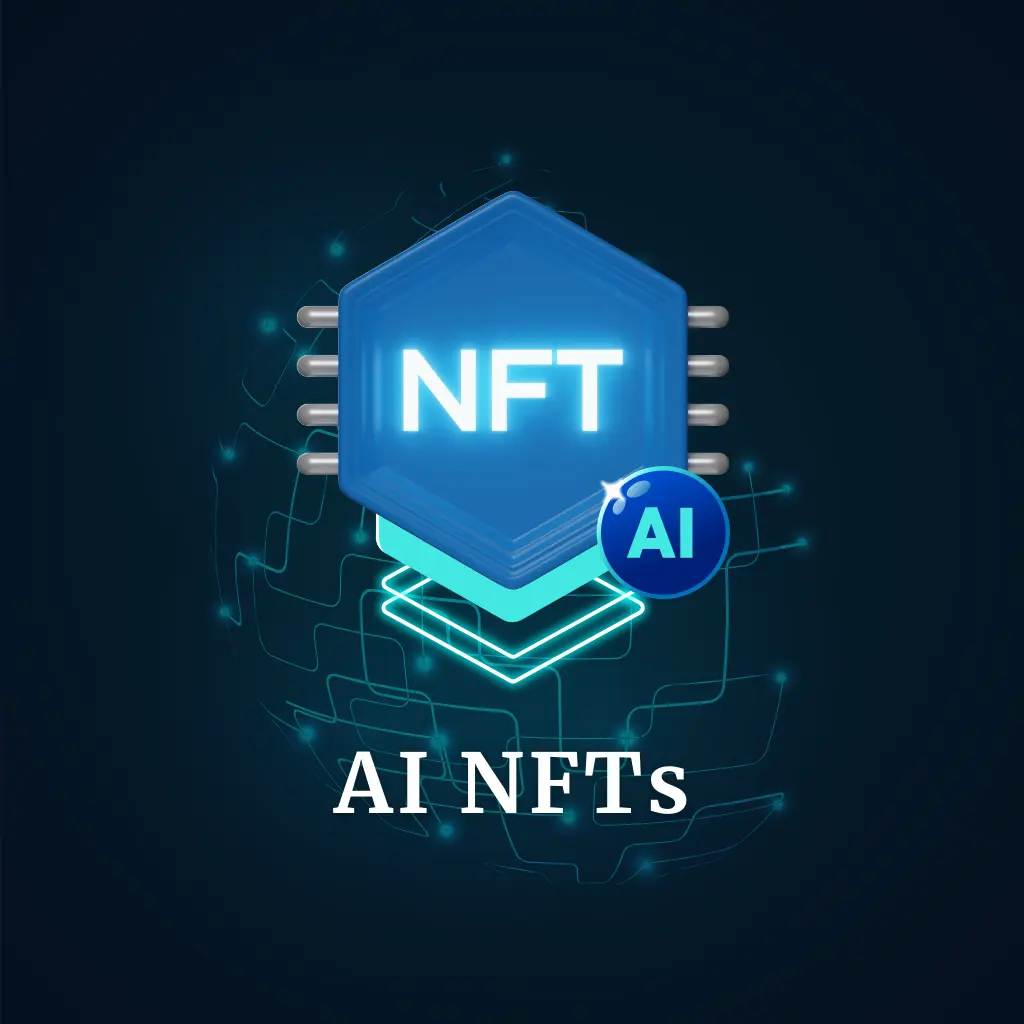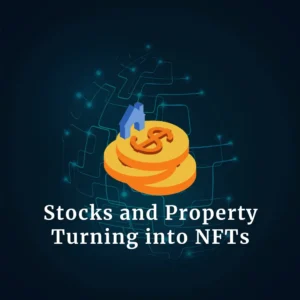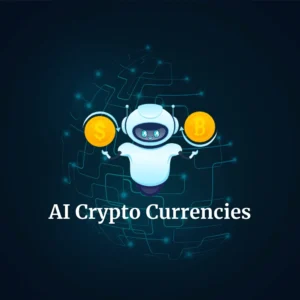AI generated non fungible tokens (NFTs) are revolutionizing the digital art and collectibles market by combining the fields of artificial intelligence and blockchain technology to create unique, verifiable digital assets . This integration not only demonstrates the potential of AI in creating unique works of art, but also opens new opportunities for artists, collectors, and investors in the NFT space.
In this blog post, we examine what AI NFTs are, how they are created, their impact on the art world, and what the future holds for the growing intersection of technology and creativity.

Understanding AI NFTs
To understand the concept of AI NFTs, it is important to first understand the components involved. Non fungible tokens (NFTs) are digital assets that are verified using blockchain technology, ensuring their uniqueness and ownership.
Unlike cryptocurrencies such as Bitcoin and Ethereum, NFTs are non fungible, making them ideal for representing unique items such as art, music, and games. Artificial intelligence (AI) refers to the use of machine learning algorithms to create or modify digital works of art, especially in the context of AI NFTs.
Combining AI and NFTs enables the creation of digital art that is not only unique, but also evolves or changes over time based on additional interactions and inputs, adding dynamic to the static nature of traditional NFTs. The component will be added.
Creation process
Creating an AI NFT typically involves feeding data such as images, text, or music to an AI algorithm from which it learns patterns, styles, and techniques. This learning process gives the AI the ability to create new, original works that reflect what it has learned but are entirely new creations. Artists and developers can guide the AI towards a specific style or theme, resulting in a wide range of artwork for different tastes and preferences.
One of the most fascinating aspects of AI generated art is the element of unpredictability. Each piece is a surprise, often revealing complex, thought provoking compositions that might not have been conceived by human minds alone. This unpredictability has become a hallmark of AI art, enticing collectors and enthusiasts to the AI NFT market.
Impact on the Art World
The emergence of AI NFTs is reshaping the art world in several ways. Firstly, it democratizes art creation and ownership. Artists without traditional training can collaborate with AI to express their creativity, while collectors gain access to a broader range of artworks at various price points.
AI NFTs challenge the notion of authorship and originality in art. As machines play a significant role in the creation process, it prompts discussions about creativity, machine intelligence, and the value of art.
Moreover, the use of blockchain technology to verify and trade AI NFTs introduces a new level of transparency and security to the art market. It addresses issues such as provenance and authenticity, which have long plagued the art world, by providing a tamper-proof ledger of ownership and transaction history.
The future of AI NFTs
The potential of AI NFTs extends beyond their current applications in digital art.
As technology advances, we can expect to see more sophisticated AI algorithms that can create more complex and interactive works of art.
These advances could lead to new forms of artistic expression and interaction, where artwork changes in response to viewer interaction and environmental factors, providing a more immersive and personalized experience.
Integrating AI NFTs into virtual and augmented reality platforms could change the way we interact with digital art and make digital art more integrated with the physical environment. This integration not only increases the aesthetic and experiential value of the space, but also creates new opportunities for artists to display their work in innovative ways.
The concept of using AI to create his NFTs could be extended to other fields such as gaming, entertainment, and education, where unique interactive content can add value and create unique We can provide you with an experience of This expansion further strengthens the role of AI NFTs in the broader digital economy and highlights their potential to impact a variety of industries.
Issues and considerations
Despite the exciting possibilities, developing AI NFTs also comes with challenges.
The use of AI in the arts has ethical considerations, including the potential for copyright infringement and the devaluation of human creativity. Given the energy intensive nature of blockchain technology, the environmental impact of NFTs is an issue that developers and users will need to consider as the market grows.
Non fungible tokens created by artificial intelligence represent a major shift at the intersection of art, technology, and commerce. By enabling the creation of unique and verifiable digital assets, AI NFTs not only push the boundaries of artistic expression but also challenge the way we think about value, ownership, and creativity in the digital age.
Analyzing the challenges and opportunities presented by this evolving environment, it is clear that AI NFTs will play a key role in shaping the future of digital art and culture. The journey of AI NFTs is



